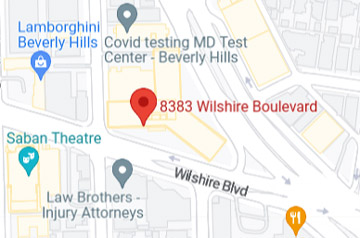The California Lemon Law was enacted to protect consumers who were victimized by the purchase of a defective vehicle. A consumer who can successfully establish a violation of the California Lemon Law is entitled to a repurchase, or buyback, of her vehicle. Unlike consumers, manufacturers are thoroughly familiar with the California Lemon Law’s requirements. Often times, they use their superior knowledge to calculate the buyback in a manner that is most favorable to them and one that does not necessarily comply with the law. It is, therefore, critical to understand how the California Lemon Law buyback is calculated.
First, the manufacturer is required to reimburse the “actual price paid or payable by the buyer.” If the defective vehicle was financed, this means that consumers are entitled to recover their down payment, all monthly payments and the remaining balance owed on any purchase loan. Even if the vehicle was leased, consumers are entitled to the same refund calculation. Consumers who paid for their vehicles in full are entitled to recover the full price paid.
On some occasions, consumers initially lease their vehicles for a period of several years and subsequently elect to purchase them. If the vehicle ultimately qualifies for repurchase under the California Lemon Law, the consumer would still be entitled to recover all of the payments made under both the lease and subsequent purchase because both amounts are the “actual price paid or payable by the buyer.”
The “actual price paid or payable” also includes reimbursement for sales tax, license fees and registration fees. In addition, consumers are entitled to recover payments for any incidental damages. Incidental damages are typically out of pocket expenses incurred by consumers that relate to their experience with the defective vehicle. They can include repair costs, towing, car rentals and the like.
Finally, the most confusing part in determining a buyback calculation is what is commonly referred to as the mileage offset. The mileage offset is a credit provided to manufacturers based on the consumer’s use of the vehicle before it became a “lemon.” The mileage offset is calculated by taking the number of miles on the odometer at the time the vehicle was first presented for repair of the defect giving rise to the buyback, dividing it by 120,000 and multiplying it by the price of the vehicle.
For example, let’s assume a consumer purchased her vehicle for $30,000 and she presented it for repair of transmission defects on 10 separate occasions. The first time she took the vehicle in was at 5,000 miles on the odometer. If the manufacturer agreed to a buyback due to the transmission defects, the mileage deduction would amount to $1,250 (5,000 miles / 120,000 x $30,000 = $1,250).
While the above example makes determining the proper mileage offset obvious, many real-world situations are less clear because often times, consumers experience recurring defects involving multiple components in the vehicle. In such cases, it is of utmost importance to understand how the mileage offset works. Manufacturers will almost always try to use the recurring defect that began at a later mileage because it will result in a larger deduction for the consumer.
While determining the proper buyback calculation in the California Lemon Law seems easy, anyone who does not understand how it works is susceptible to recovering less than they are entitled to.
To speak to a California Lemon Law Attorney, call us at (844) 501-5003.








